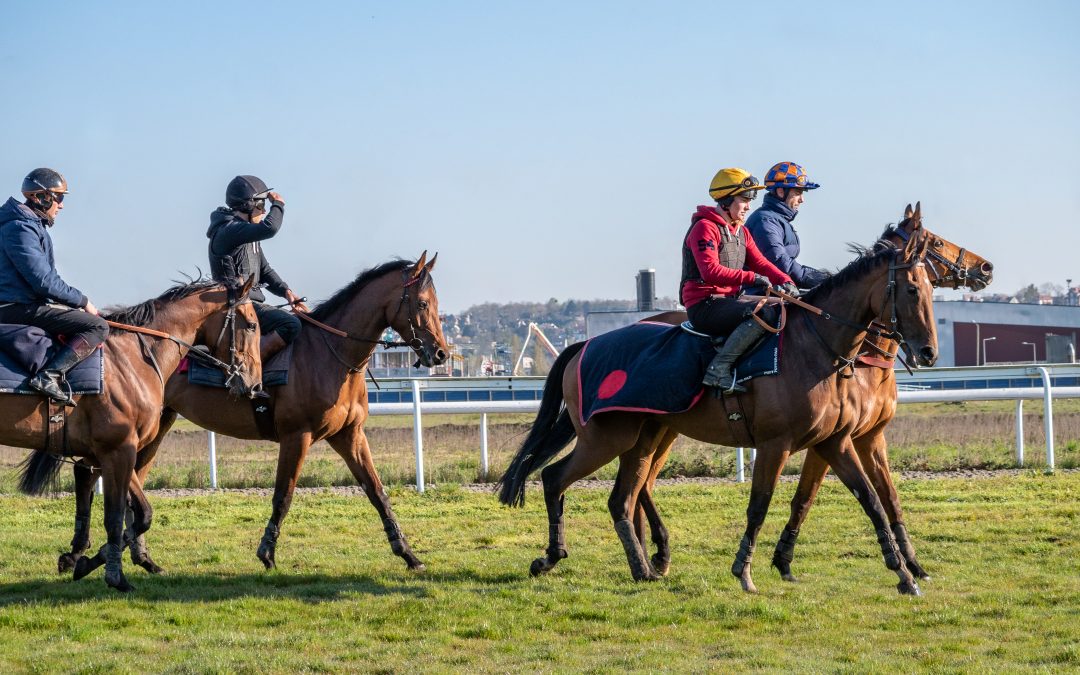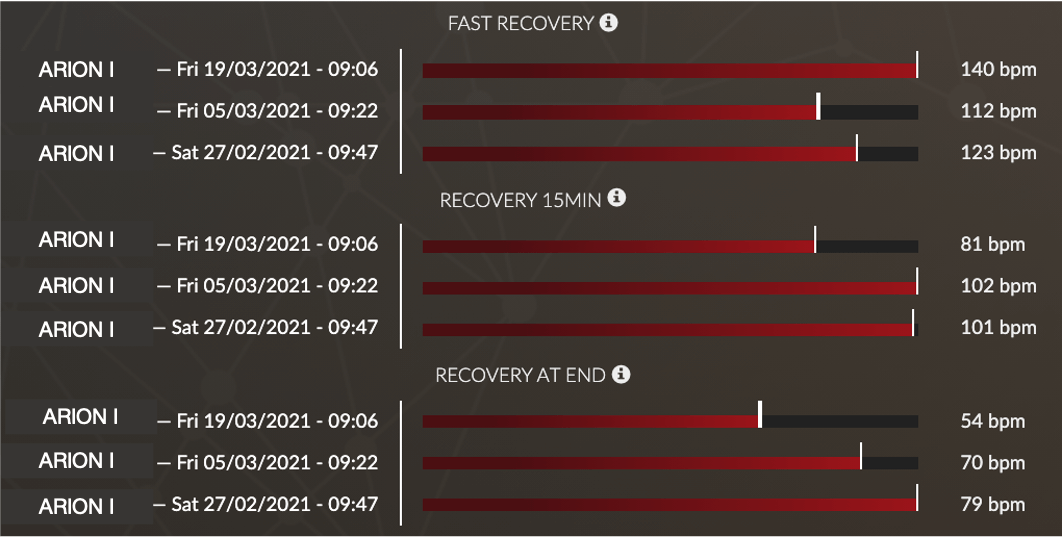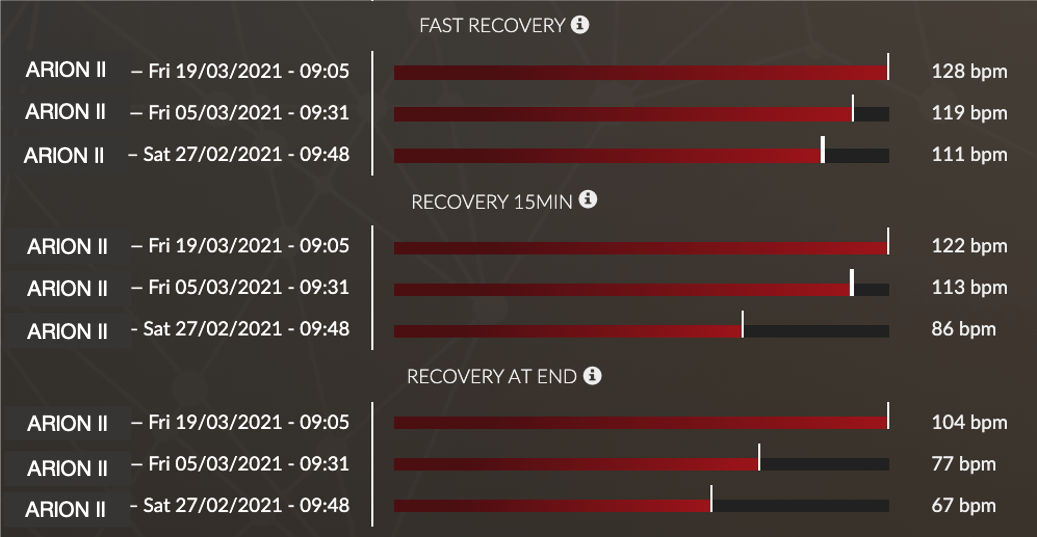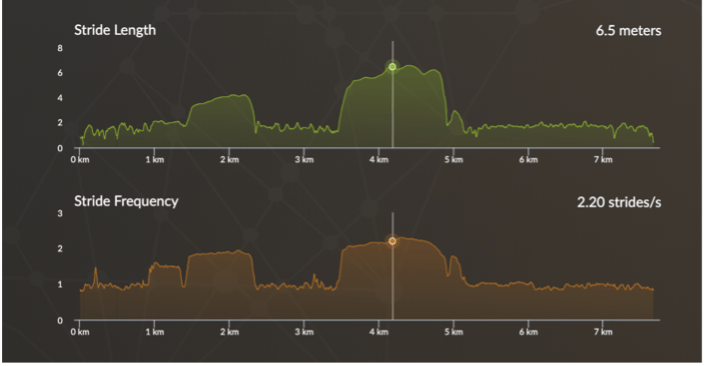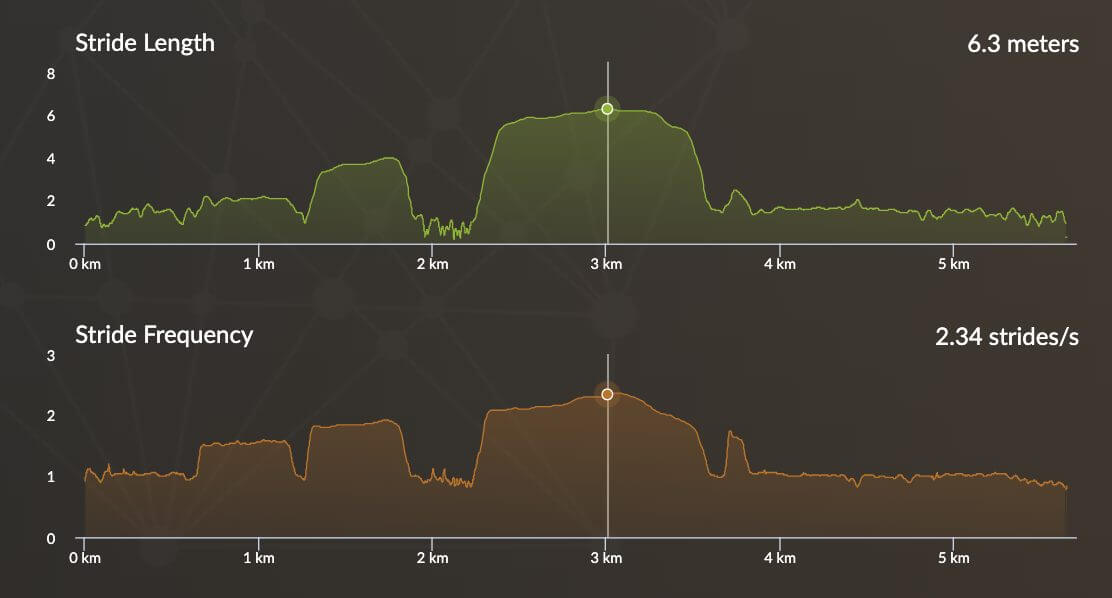Compare two debutant horses permit to know which horse is ready for his first race? This question is very important because a horse’s first race is a fundamental milestone in his career. Debuting a racehorse can be tricky because of the uncertainty of the new racetrack environment. In order to maximize the chances of success, it is important to race a horse in excellent physical condition, both for his health and his mind. Otherwise the experience might be negative and not very motivating for the next races to come. To achieve this, it is essential to follow the evolution of your horses and even to compare horses between each other.
Follow the evolution of your two-years-old to preserve their health and manage their progress
Each horse is different and does not react in the same way to training. By collecting tangible data from the very first training sessions, the trainer is able to objectivise the needs of each horse and evaluate the effects of training. If it is not well adapted, it can lead to injuries. The data collected is invaluable as it ensures the workload is tailored to the horse’s level. The use of a heart rate monitor can therefore limit the risks of overtraining and undertraining and help to organize a training program adapted to each horse.
The most reliable fitness indicator is recovery (calculated from the heart rate on EQUIMETRE). Although noticeable to the naked eye, it is advisable to collect heart rate data in order to complete the feeling of the field. Some horses may appear to have recovered well after an intense effort, while their data show otherwise. A horse that is ready to race is one whose recovery has improved and stabilized over time. This indicator is an important element to follow in two-year-olds to secure their working environment and to ensure that their workload is appropriate for their level.
Another fitness indicator is the oxygen debt compensation time. Remember that the oxygen debt of a horse is the lack of oxygen accumulated during exercise by a horse. If the horse is not in a sufficient state of fitness, the time to compensate for the oxygen debt will be longer: the heart continues to pump rapidly after the effort in order to bring the necessary elements to the organism.
What about a real case example of how this works in practice?
Here are the data of two 2-year-olds racehorses that arrived in training last January. We will first focus on the fitness data and then evaluate their physical and athletic abilities.
In this example, the first thing we notice is the decrease in heart rate during recovery at 15 minutes and at the end of the session. This theoretically shows a proper and useful training. After the first session, the 15 mins recovery after the effort was 101 BPM against 81 BPM during the last session. The intensity of the efforts increased, with a higher average speed. This helps to explain the noticeable “degradation” of the fast recovery, showed by the increase in heart rate directly after the effort.
In this example, the data from Arion II may indicate a mismatch between the workload and the fitness level of the horse. Indeed, unlike Arion I, his recovery heart rates are increasing. Arion I should still work on his stamina to improve his fitness. However, these data should be qualified: when we look at the indicator of time to compensate for the oxygen debt, it has not changed since the first training session (despite the increase in the intensity of the workload).
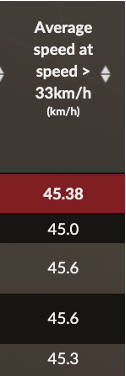
This indicator makes it possible to measure the evolution of the intensity of the work of horses as it collects the average speed of the training when it is higher than 33 km/h.
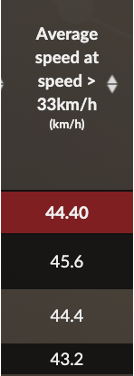
These two horses ran their first race together, a race reserved for 2-year-olds. Arion I won, and started very well from the beginning of the race. Unfortunately, Arion II could not hold his effort throughout the race and was not able to accelerate when needed. The data collected before the race may explain the lack of fitness needed to go for the win.
Track the evolution of physical abilities and detect future performers
Evaluating fitness is one thing, detecting future top performers is another. Every racehorse should be able to win a race, the system is designed to serve this purpose. Identifying the little things such as locomotor profile, distance and track preferences or analyzing the acceleration strategy is very useful to enter a horse on the right race and maximize the chances of success.
The locomotor profile is an excellent way to objectivise the physical abilities. All racehorses are different and each gallop in a specific way. The locomotor profile is the stride frequency/stride length pair for which a horse is most comfortable when galloping. In order to detect it with reliable data, it is important to analyze the stride frequency and stride length of a horse during a fairly consistent speed work. The locomotor profile is an important parameter because unlike the standardbred, the galloper’s breathing is based on the rhythm of his strides. Thus, the galloper breathes according to his stride frequency and therefore cannot control the volume of air that he lets into his lungs.
The acceleration strategy generally depends on the locomotor profile of each horse. It is important in the analysis of physical ability because it completes the locomotor profile analysis of a horse. The acceleration strategy helps to understand how the horse accelerates in order to identify the best time to start the sprint during the finish.
What about a real case example of how this works in practice?
This graph shows the two locomotor profiles of the horses in our previous example. You can see that Arion I, with a stride length of 6.30m and a stride frequency of only 2.36 strides per second can theoretically be categorized as a stayer/miler. This means that he will be more comfortable on medium and long distances. Conversely, Arion II has a striking stride frequency of 2.5 strides per second, with a stride length of 5.80m. This means that it will theoretically be more comfortable over short distances. In fact, his breathing follows the rhythm of his stride frequency, which is not sustainable over time.
This can be confirmed with the help of different data collected over time.
Let’s analyze Arion I’s acceleration strategy
On the first hand, the stride frequency varies very little, from 2.16 to 2.26 strides per second. On the other hand, we can see a great increase in the stride length: the strides taken by this horse raise from 5,7 to 6,5m. We can assume that this horse accelerates thanks to his stride length.
What does this tell us? His acceleration time will be longer, but this will save him energy since the heart rate matches the horse’s stride frequency. He is able to breathe for a longer time, and to inhale a greater volume of air. However, this horse will need to be launched from further away in the final sprint as his acceleration may take longer to build up.
Let’s analyze Arion II’s acceleration strategy
The first noticeable element is the peak increase in stride frequency when the horse is asked to accelerate. While the stride length remains stable, the horse increases his stride rhythm. It increases from 2.22 strides per second to 2.50 strides per second in a very short time. Then, only after having reached the desired stride frequency (remember that the horse adapts to changes in speed by adopting the stride length/stride frequency pair that he prefers), the horse progressively and insignificantly increases his stride length. His strides increase by 0.3m. We can therefore deduce that this horse accelerates with his stride frequency.
What does this tell us? His acceleration time is short because it is quicker for a horse to increase his strides pace than their size. However, this acceleration is difficult to sustain over time because the heart rate is based on the horse’s stride rate during canter. Therefore, in order to preserve the horse, the final sprint can be launched in the last few meters: the acceleration time is short. The moment when the sprint is launched becomes decisive in terms of acceleration strategy and race management.
Thus, these two young horses with different locomotor profiles also have a different acceleration strategy.
Conclusion
To conclude this article, it is important to note that all of the data presented and analyzed above are important for all racehorses and at any age. By measuring them on young horses, the advantage lies in obtaining objective data that can be used as a reference throughout the horse’s career.
Keywords: acceleration strategy, young horses, future performers, physical abilities, two-year-olds

